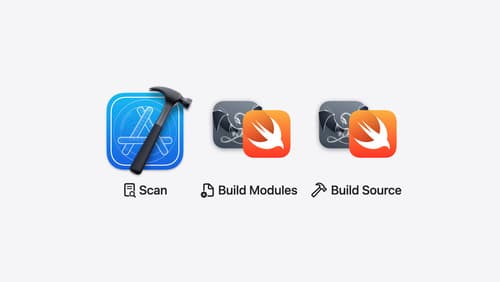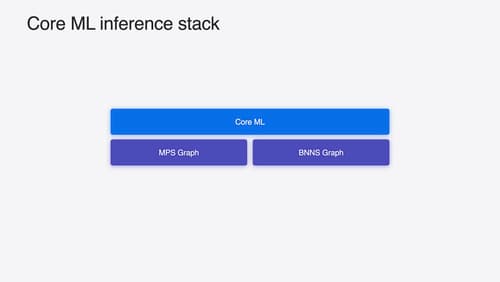modern gcd
Asked on 2024-10-03
2 searches
The concept of "modern gcd" does not appear directly in the provided context from the WWDC sessions. However, if you are interested in concurrency and synchronization, the session titled "What’s new in Swift" discusses low-level synchronization primitives, including atomics and mutexes, which are relevant to concurrent programming. You can find more about these topics in the chapter on Low-level synchronization primitives (28:43) in the "What’s new in Swift" session.
If you have any specific questions about concurrency or related topics, feel free to ask!

Demystify explicitly built modules
Explore how builds are changing in Xcode 16 with explicitly built modules. Discover how modules are used to build your code, how explicitly built modules improve transparency in compilation tasks, and how you can optimize your build by sharing modules across targets.

What’s new in Swift
Join us for an update on Swift. We’ll briefly go through a history of Swift over the past decade, and show you how the community has grown through workgroups, expanded the package ecosystem, and increased platform support. We’ll introduce you to a new language mode that achieves data-race safety by default, and a language subset that lets you run Swift on highly constrained systems. We’ll also explore some language updates including noncopyable types, typed throws, and improved C++ interoperability.

Deploy machine learning and AI models on-device with Core ML
Learn new ways to optimize speed and memory performance when you convert and run machine learning and AI models through Core ML. We’ll cover new options for model representations, performance insights, execution, and model stitching which can be used together to create compelling and private on-device experiences.
